We’ve grown so used to honestly amazing anime that I don’t think any of us really take the time anymore to wonder what the process of making said anime even looks like. Like, when you think about it, the anime industry is working on overdrive, with so many genuinely impressive anime releases happening every season. And we, the fans, simply want more and more. But quality animation doesn’t just happen overnight. Even the most basic of anime go through a lengthy process to get developed before they can be aired.
In the process of making any anime, studios usually have to go through a few steps. It starts at conception, aka the idea you want your anime to be centered around and usually ends at distribution, which when you have the finished product finally being available to audience access. In between you have steps such as making that concept into a cohesive story using storyboarding, creating the character designs and aesthetic that you want for your anime, writing the dialogue, directing key animation and backgrounds, all the while following a plan to make sure and meet deadlines.
And that’s just us skimming through everything. In reality, creating an anime is an extremely detailed and time intensive process which includes multiple different people having to work in cohesion to make this singular product that is completely in sync with the vision they started out with. I have friends who work in animation right now, and the time and effort it takes to create a singular 2D animated movie is astounding, to say the least. It isn’t a one person job, rather it’s a team effort that needs to be managed and directed.
Undertaking something like that? Well, it’s no joke. All the big names we see in animation have been doing this for a very long time, which is why it’s gotten more seamless for them to release more content faster. But the truth is, the process of making an anime is long and arduous, with a step-by-step that needs to be followed through. So, in today’s F.Y.I., let’s see what it takes to make some of our favorite anime come to life.
Table of Contents
1. Conception
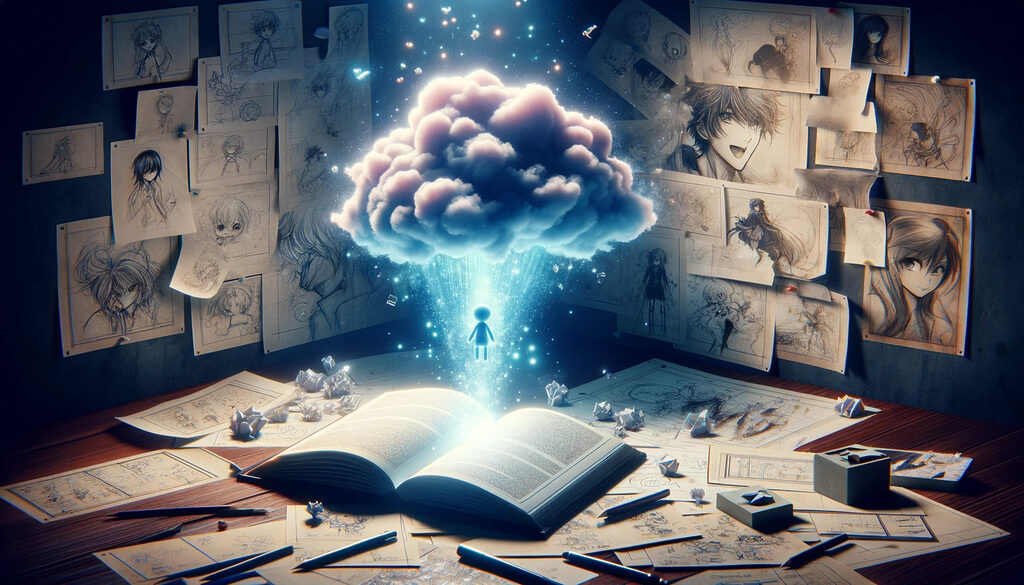
Okay, this is a bit of a given. But all good things start from an idea, and a popular anime is no exception to that rule. However, how it comes to be, can vary. Most anime are usually adaptations of pre-existing stories in the form of fan-favorite manga or light novels. But there have been times when an anime is a completely new concept from the ground up. For example, Neon Genesis Evangelion was an original anime that was inspired by Hideiaki Anno’s ruminations around his mental health and philosophy.
But original anime is not as common as anime adaptations of popular manga. Though, they both start out the same in this stage, where a script is written down, characters are designed and an aesthetic is chosen.
2. Pre-Production Planning
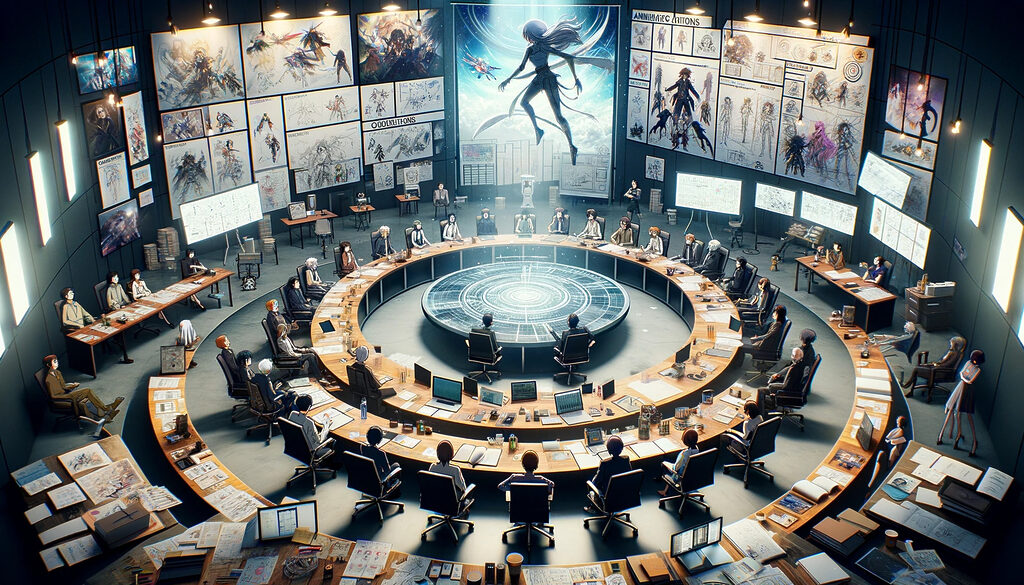
Now that you have a basic concept for what your anime is going to be about, it’s time to jump into the planning of how production is going to go. Now, this is the very foundation on which your animation project is going to stand, so everything has to be planned out as clearly as possible. Determining the vision of how the anime production is going to go is crucial to its eventual success.
This means that everyone has to work together and discuss what direction they see production going amongst themselves. Research and development is key here, with communications between the writers, animators and directors finalizing how everything will roll out.
3. Storyboards
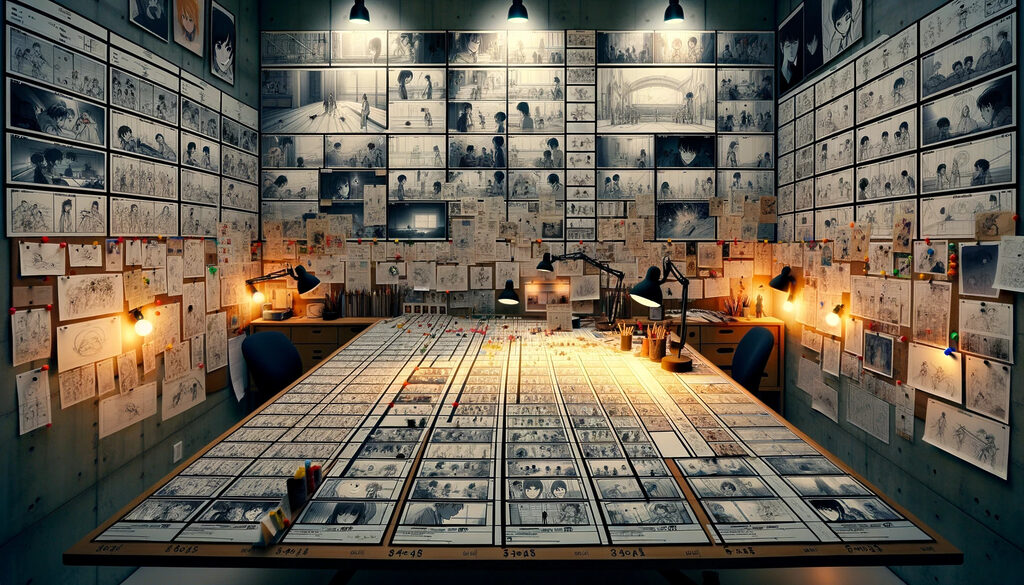
Congratulations, you have secured everyone’s approval and now you have a game plan for the process of making your anime. Now, we storyboard. Storyboarding techniques are an important step in the animation process where you draw up cells that end up determining the pace and feel of the anime itself. It is the first stage in the actual animation bit, and possibly the most crucial one because it is what sets the storytelling.
Storyboards are literally that – they are a mood board for how the anime will be panning out and cements the overall mood for the animation project. Storytelling is one of the most important things about an anime, so it has to be done right.
4. Key Animation
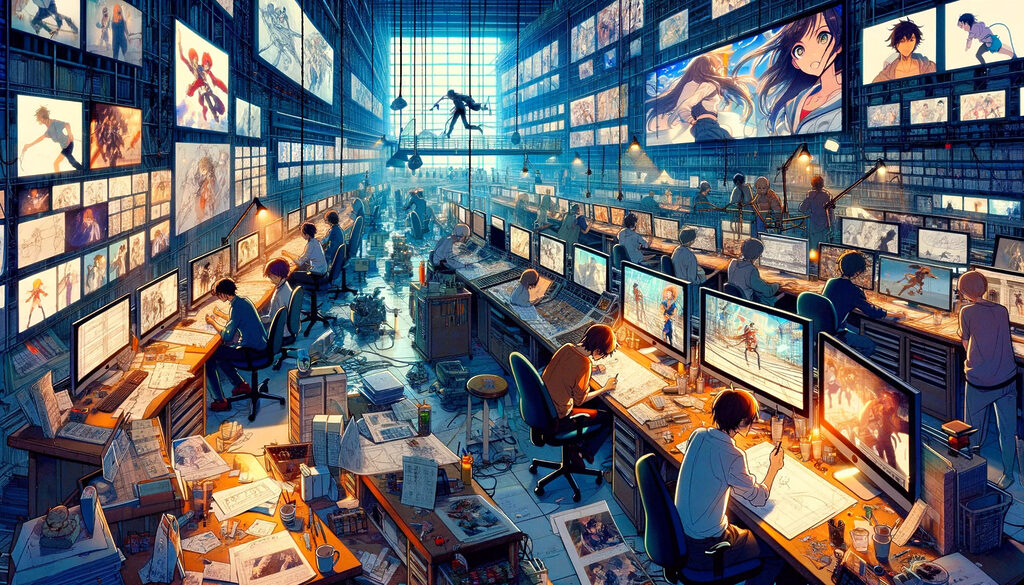
When I say I have the utmost respect for animators, I mean it. Some people like to argue that 3D animation is so much more intricate than the 2D animation style of most anime, but the amount of details, work and framing that go into anime is simply unbeatable. And the key animation is the main meat of any anime worth its metal, because it constitutes for the bulk of the animation, what everyone focuses on.
So, this would include how the characters pose and move, their styles that set them apart from everyone else. This is also where the director determines how certain shots would go by playing around different shots, camera angles, etc. This lays the groundwork for most of the animation, while leaving some stuff up for the filler animation.
5. Voice Acting And Sound Mixing
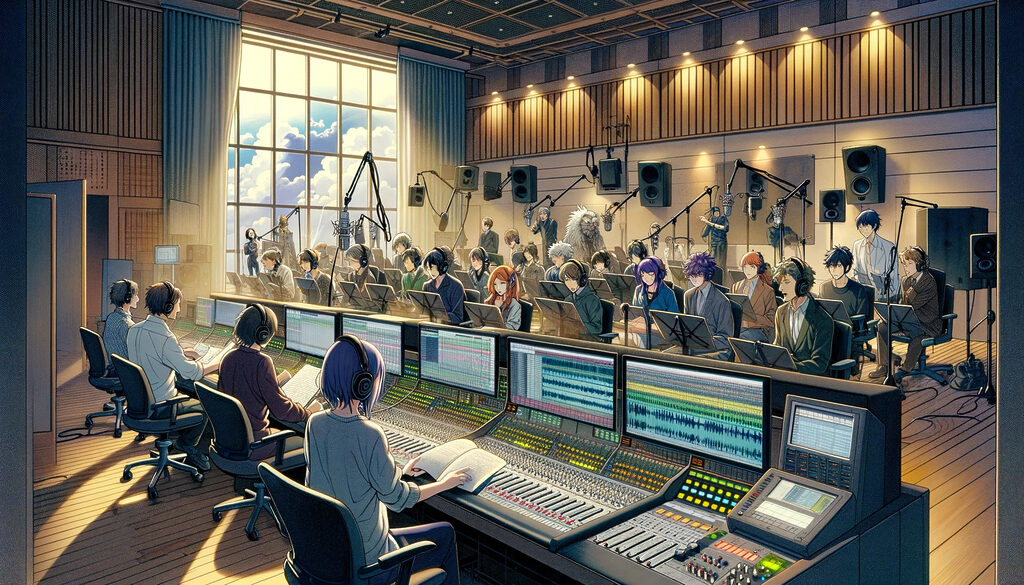
You can’t have a good anime without a stellar cast. A voice acting cast, that is. Voice actors would be auditioned and cast based on how they suit the characters. Of course, they could be veterans in the industry, meaning they are more seasoned. Or they could be complete newcomers, which means they’d need cues and directions to help understand the work going on. Voice acting is something that truly needs to be cast keeping everything in mind, because they are the literal voice of the anime itself.
Sound mixing can technically happen at any stage of the anime making process, but it usually starts from the moment the voice actors start their job. They are responsible for making sure everything runs smoothly in the audio department, and later help sync everything together for a smooth experience.
6. In-Between Animation
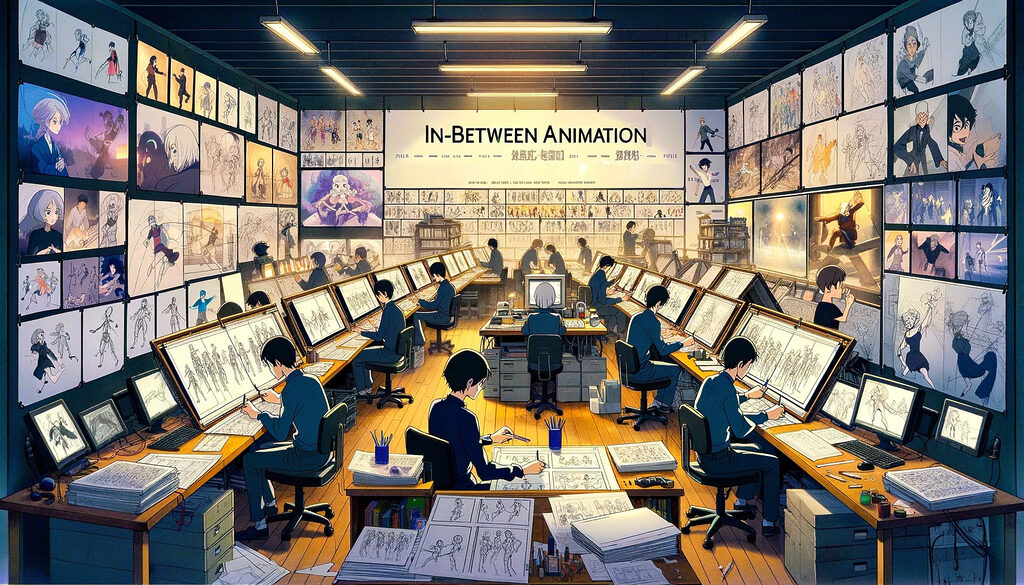
I called this the ‘filler animation’ but the truth is that in-between animation is just as important as the key animation, because it is what completes the full picture. If key animation is the focal point, then the in-between animation makes sure the frames for the entire project come together seamlessly. They help create fluidity in the animation, smoothing out any jerky shifts and leading to a more complete anime altogether.
In-between animation is what adds the depth to any anime, as it’s what solidifies the character animations and how they move in a more complete manner. It’s what takes a still frame with a moving character into a multi-dimensional animated scene.
7. Background And Environmental Design
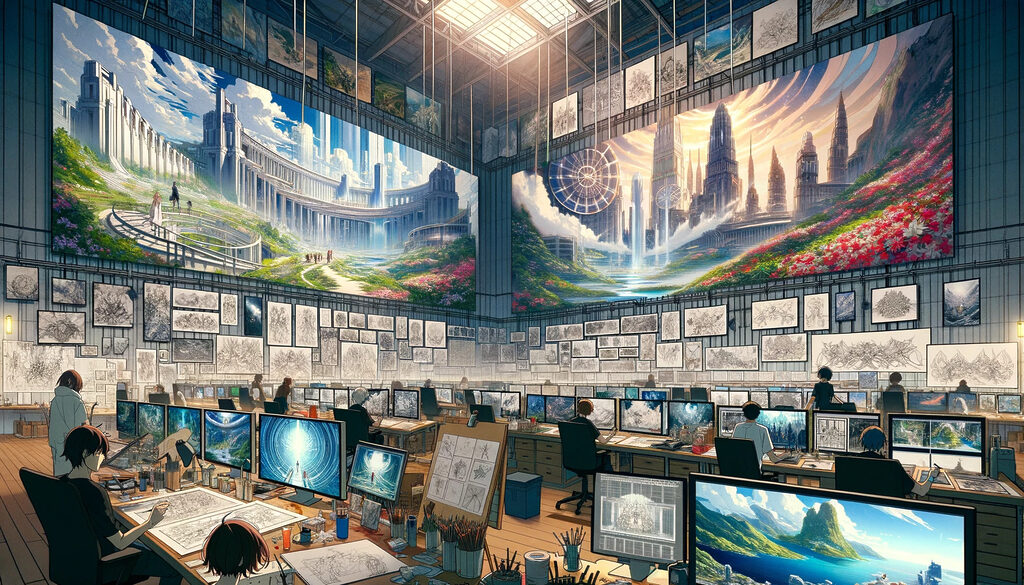
Again, this is also technically done during the in-between animation, but the background of an anime helps set the tone for the overall atmosphere. The background is the stage where the anime is taking place, so think buildings and landscape, or the lack thereof. It creates that environment which helps with audience immersion when they watch the anime when it comes out.
Honestly, the background also helps add to the lore of your story, so getting it right is just as important. Whatever details you add here is what the audience will later pick up on and discuss, helping set the mood for the storytelling itself.
8. Digital Processing
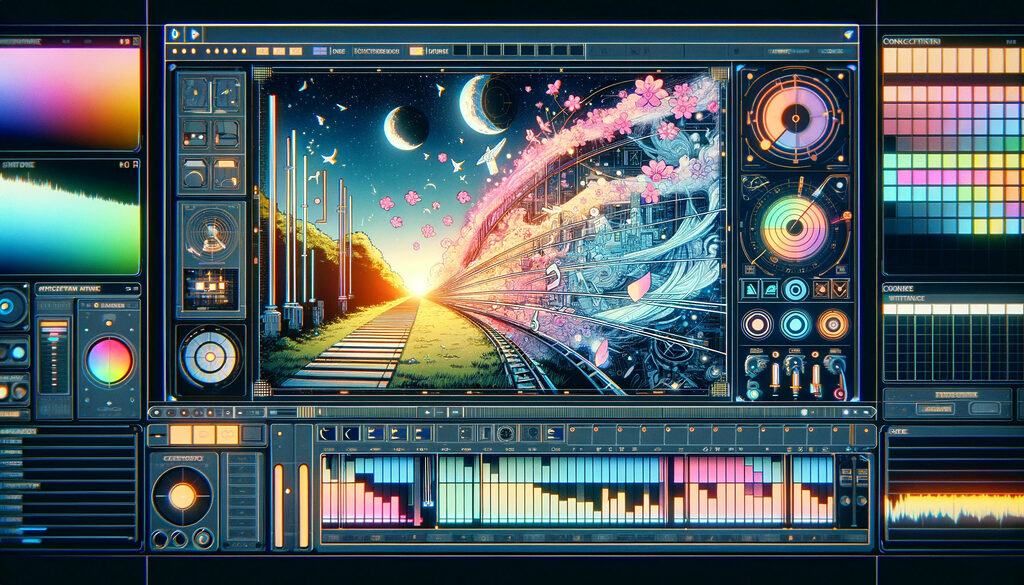
Okay, this is where we make a mostly finished set of frames into actual anime. Digital processing is what takes an anime to the next level, because it’s what adds the special details to make an anime look unique. So, think of different lightings and special effects, how they finish certain action scenes and add more emotion to the lowkey ones. This is where animation studios get to experiment light and dark, different shades producing a different feel.
And that experimentation is what ends up finalizing the product, with sound effects and music being added to complete everything.
9. Post-Production
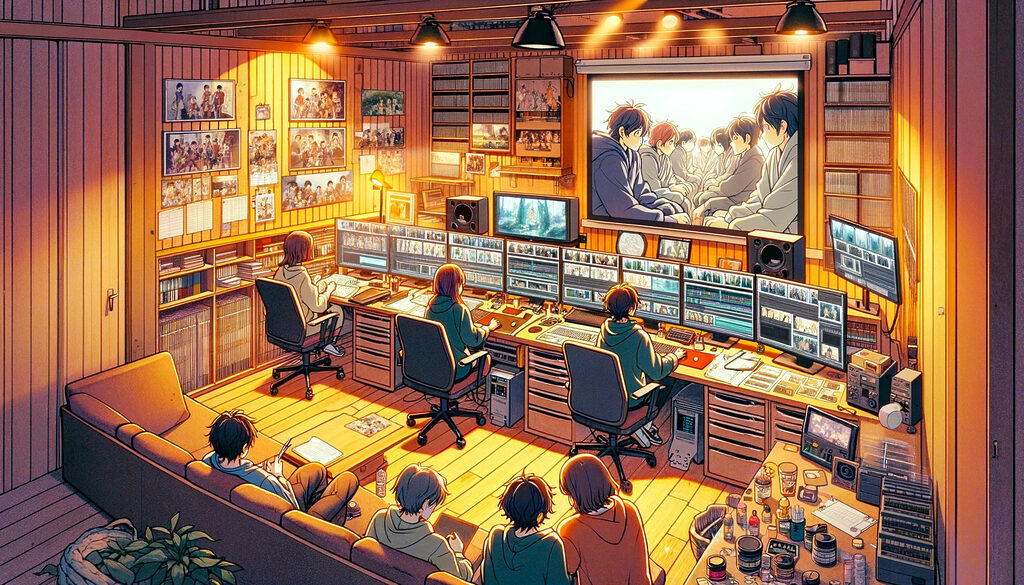
If digital processing was the final step in animation, post-production is basically the final editing of the anime series you’ve been working on. This is where the creators sit down and review what they have made, looking for any things they might have missed during the process or clean up mistakes that had been too small to notice initially. This might also mean cutting down on some of the frames so they fit the requirements of the network that would be airing the anime series, or trim out anything that would be unsightly.
Post production is truly what finishes the actual anime making process, by making sure the end result is a cohesive series that ticks all the goals you started out with.
10. Promotion And Marketing
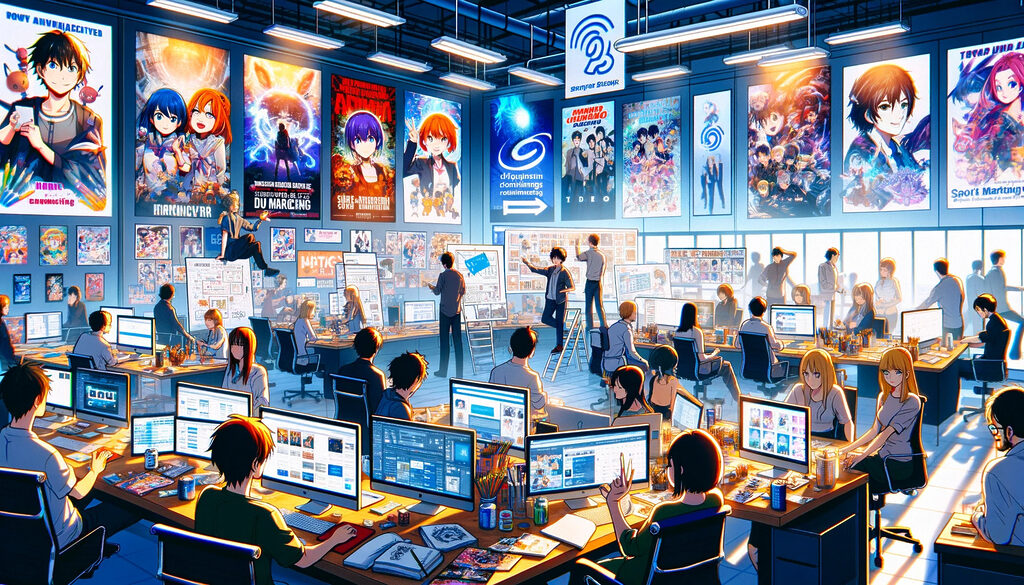
While this sounds like it wouldn’t be part of the process of making an anime, marketing a series is vital to any anime’s success nowadays. Social media is how anime and manga gained their global traction anyways, so doing the promotional work definitely helps in spreading the word when a new series is about to debut.
Gaining a fan gathering is important because that’s what boosts sales. Think social media campaigns, maybe tie-ins with product placements, and all that stuff to drum up the hype for when the anime premieres.
11. Distribution
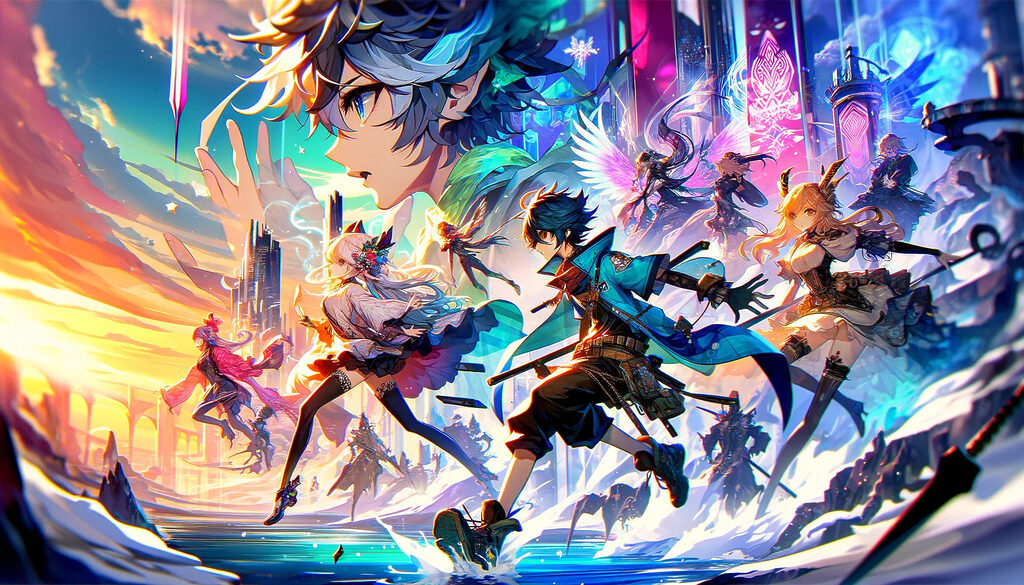
Congratulations, you have not only made an anime from scratch, but have enough people talking about it that its release is now inevitable. But how does the audience actually watch the anime you created? Well, that’s where distribution and licensing comes in.
Now, copies of your anime will be sent to different networks to be aired on TV, hosted on streaming sites and made into DVDs for purchasing. This is how you get the product out into the market.
From there, it’s now off your hands! Your anime making process comes to an end, as long as it was. Make no mistake, an anime can take anywhere from a year or more to be created, with tons of different things that need to be factored in. But that is also what makes this medium so special.
All the work that the artists and animators put in, the story telling that the writers convey and the directors that streamline it all, that’s how we get some of our favorite series. So, it’s nice to see just how much hard work goes into the things that give us joy, to truly appreciate them more for the masterpieces they are.
Next Post

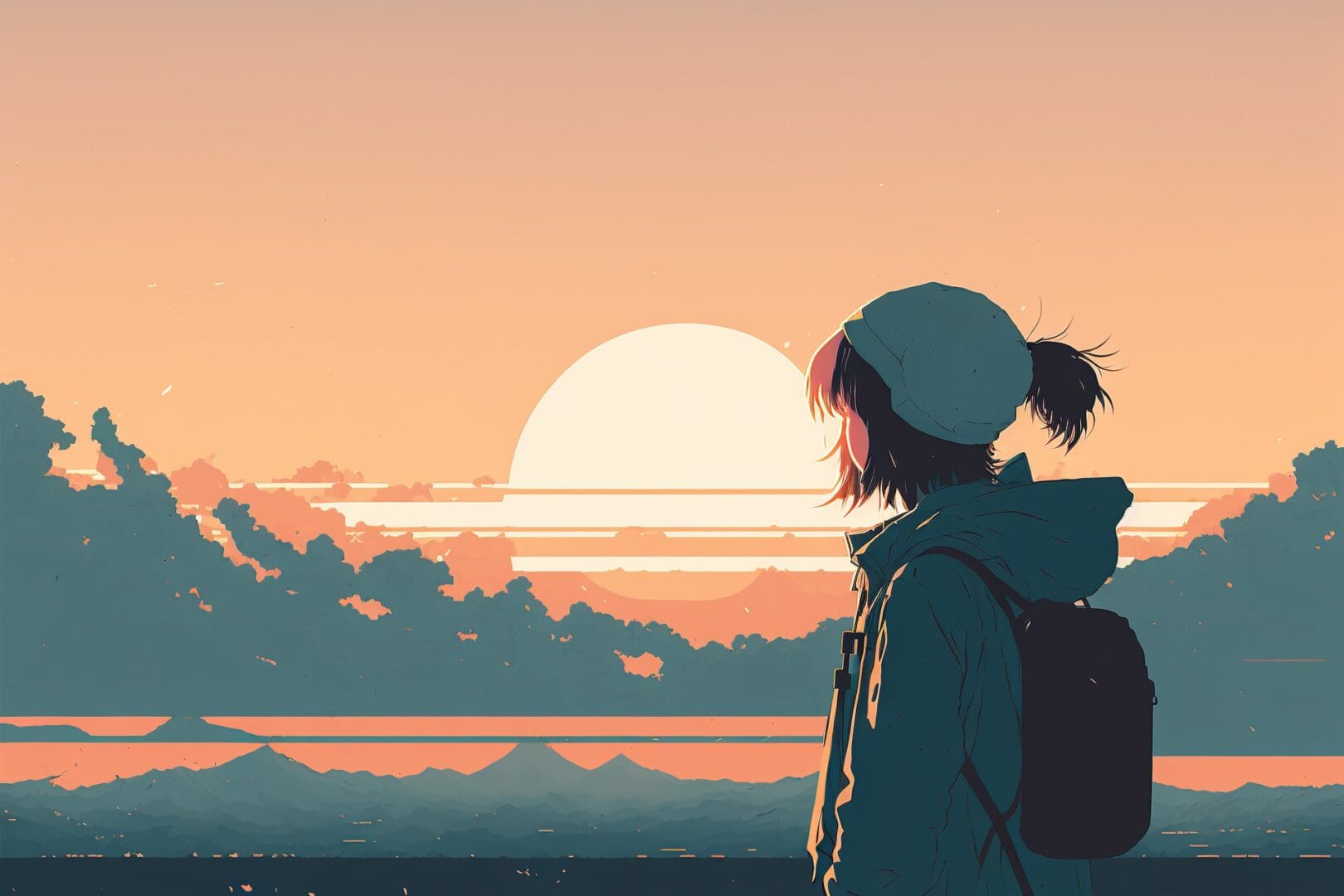











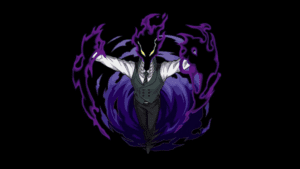

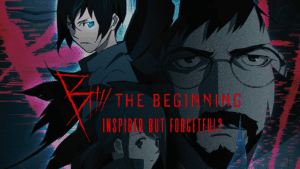
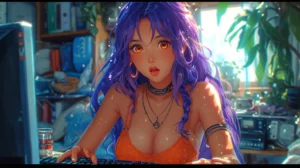
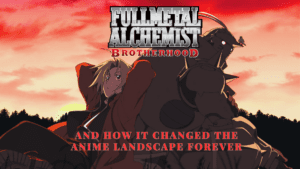
What do you think?
It is nice to know your opinion. Leave a comment.